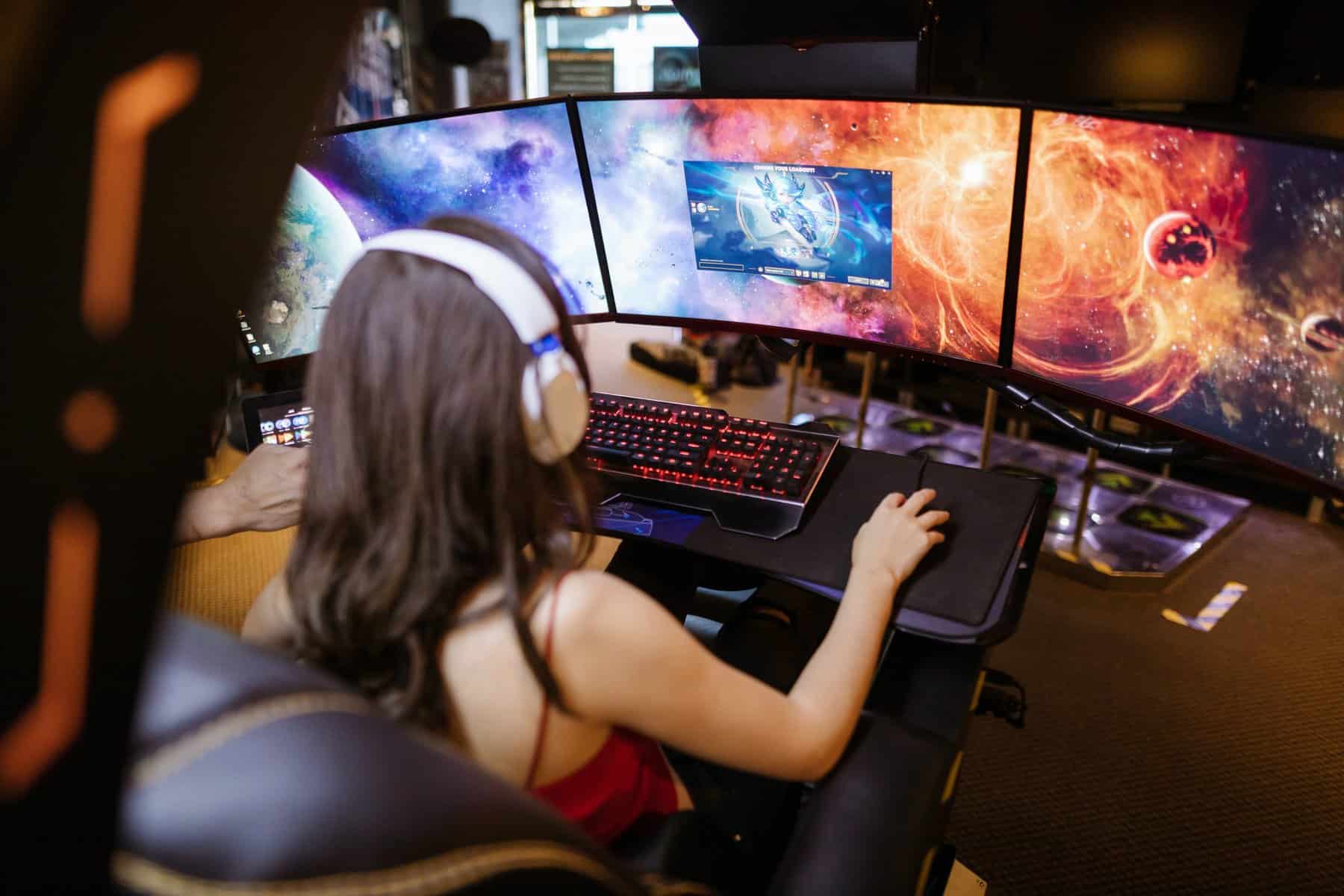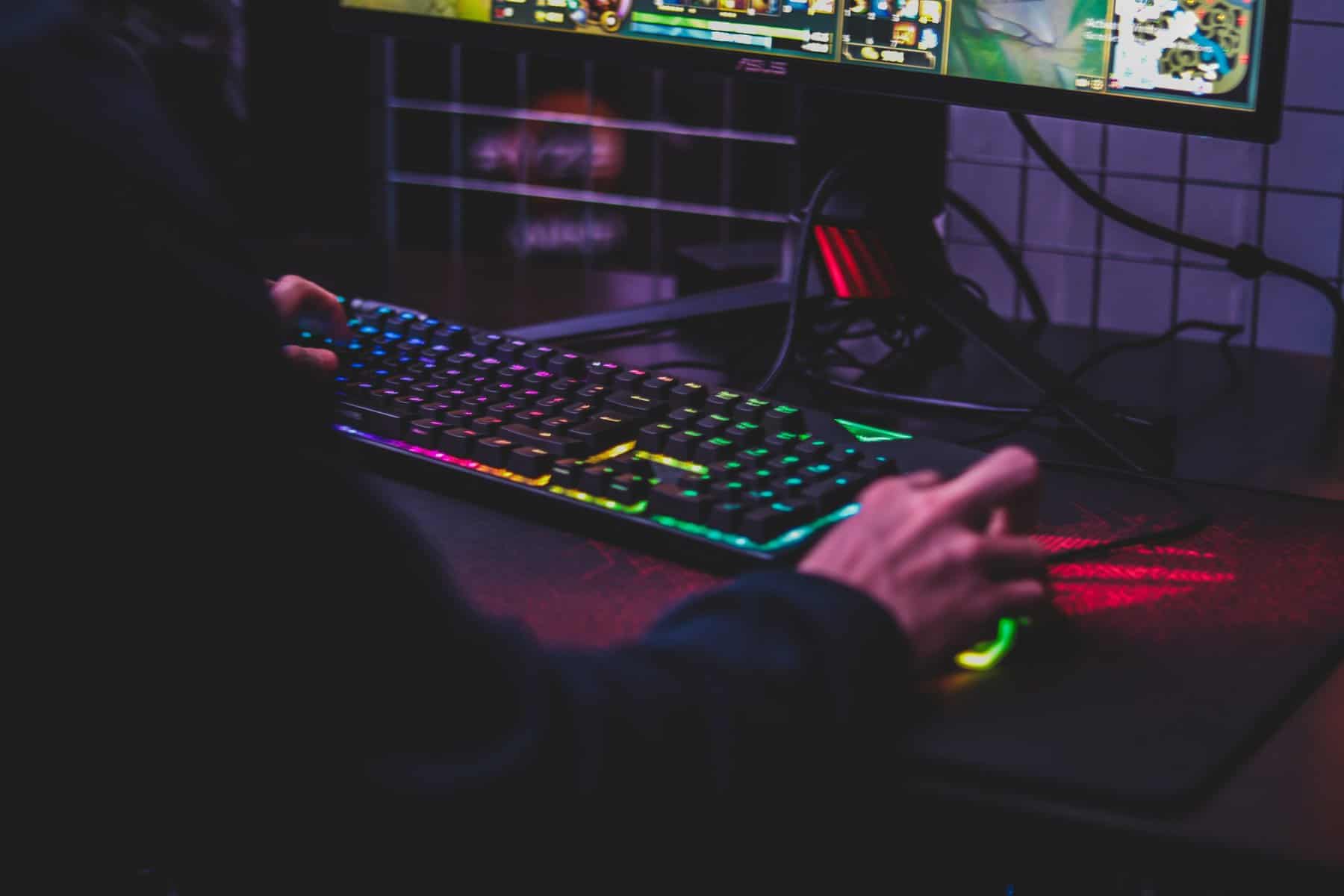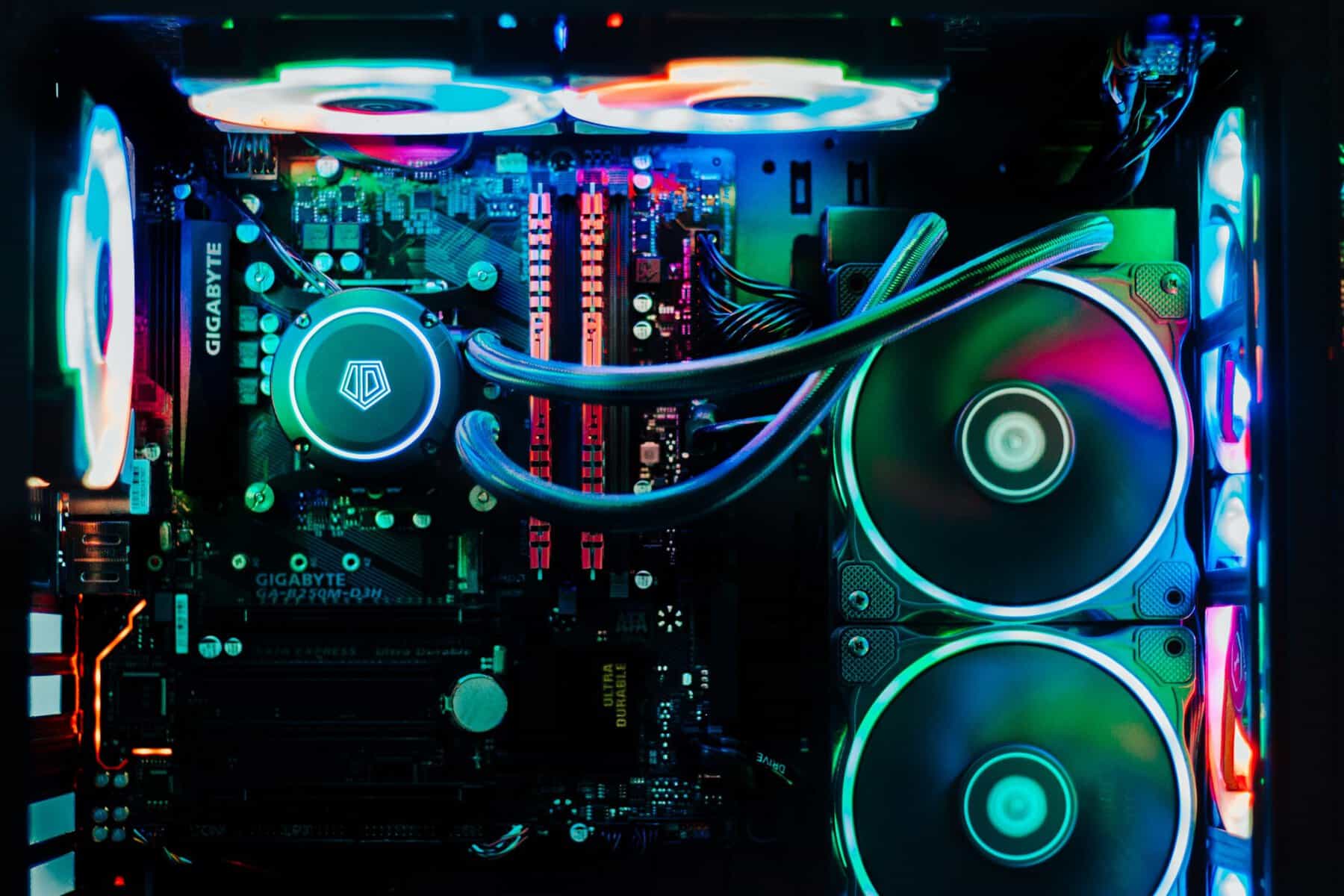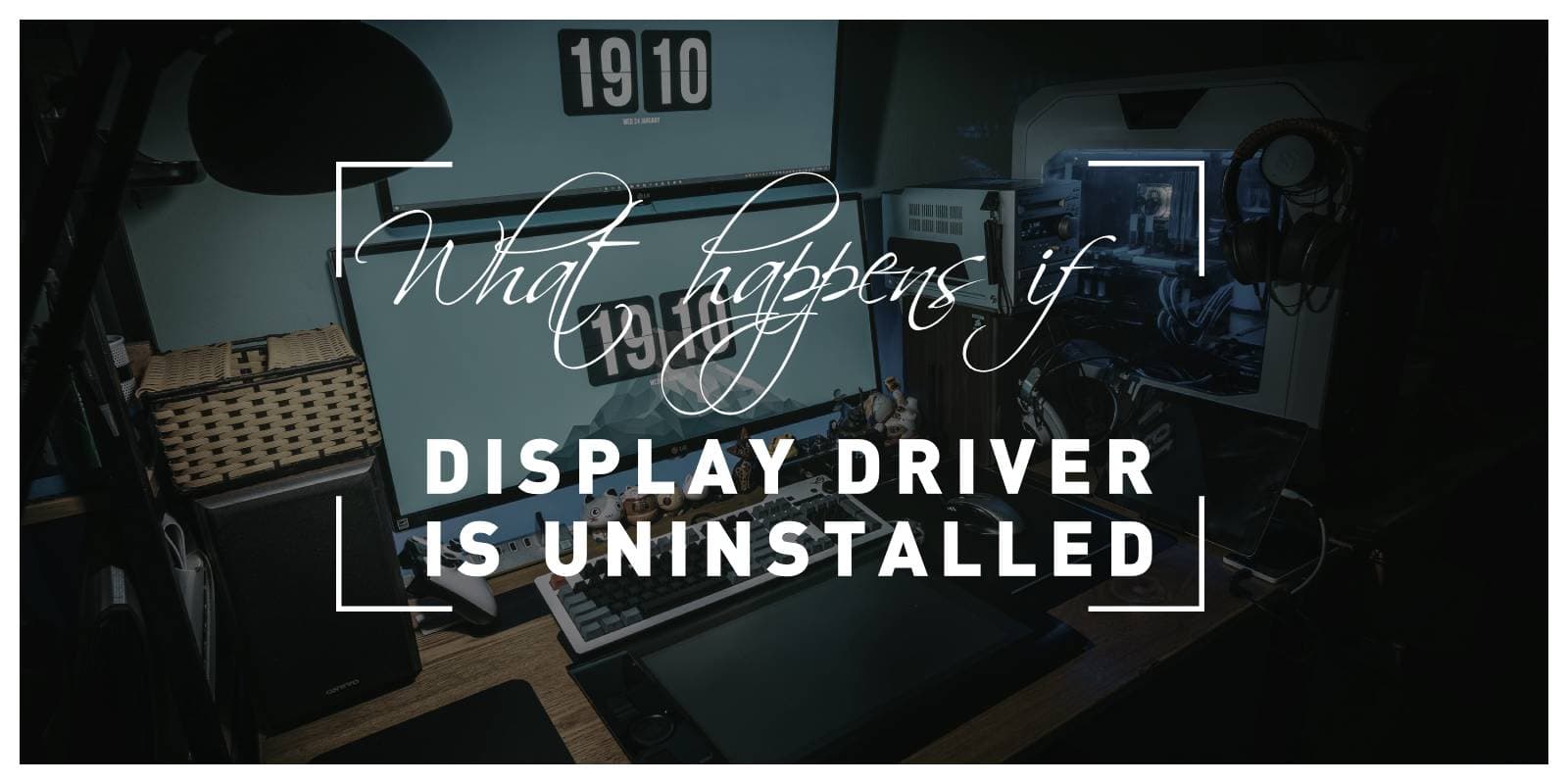Have you ever wondered what would happen if your display driver suddenly vanished into thin air? Imagine working on an important project or engrossed in a thrilling video game, only to be met with a blank screen and utter confusion. The display driver is a crucial component of your computer’s graphics system, responsible for translating data into images that appear on your monitor. Uninstalling this seemingly innocuous piece of software could have far-reaching consequences, affecting not just the visual aspects of your computer, but potentially its overall functionality. In this article, we will delve into the mysterious realm of display drivers, exploring the potential chaos that may ensue if they are abruptly removed from your system. From distorted visuals to complete system crashes, join us as we unravel the repercussions of bidding farewell to this unsung hero of our digital experience.
What is a display driver?
A display driver, also known as a graphics driver, is a crucial software component that acts as a bridge between the operating system and the computer’s graphics hardware. It facilitates communication and enables the display of images, videos, and other visual content on the monitor or screen. Essentially, the display driver ensures that your computer can properly render and output visual information to create a seamless user experience.
Without a functioning display driver, your computer’s graphics performance would be severely impacted. In fact, uninstalling or disabling the display driver can lead to various issues such as distorted or low-resolution graphics, flickering screens, and in some cases, no display output at all. This underscores the critical role of the display driver in ensuring smooth and high-quality graphic rendering on your device. Consequently, it’s important to handle this component with care and avoid making changes unless absolutely necessary.

Function and role of display driver
Without a display driver, your computer screen would be nothing more than a dark void. The display driver, also known as the graphics driver, plays a critical role in rendering images and transmitting them to the display. It acts as a bridge between the computer’s hardware and software, ensuring that visual data is processed efficiently and delivered to the monitor in a format that it can understand.
One of the key functions of the display driver is to optimize the performance of your graphics card. It does this by facilitating communication between the CPU and GPU, allowing for smooth rendering of images and videos. Additionally, the driver is responsible for supporting various display resolutions and refresh rates, ensuring that you can enjoy high-quality visuals on your screen. Without a functioning display driver, you may experience distorted or low-resolution images, screen flickering, or even complete loss of display output.
In essence, the display driver acts as a crucial component in enabling seamless interaction between your computer’s hardware and its visual output. Its absence can lead to an array of issues ranging from minor inconveniences to major disruptions in usability.
Consequences of uninstalling display driver
Uninstalling a display driver can have significant consequences for your computer’s performance and functionality. Without the display driver, the operating system may default to a generic driver with limited capabilities, resulting in lower screen resolutions, poor color quality, and sluggish graphics rendering. The lack of proper driver support can also lead to compatibility issues with certain software or games, causing crashes or erratic behavior.
Moreover, uninstalling the display driver may render external monitors or projectors unusable, impacting your ability to connect and use multiple displays effectively. Additionally, without the display driver’s optimization for hardware acceleration and power management, you might experience reduced battery life on laptops and decreased overall system efficiency. Ultimately, while uninstalling a display driver may seem like a quick fix for troubleshooting issues, it often leads to more problems than it solves.

Impact on visual quality and resolution
The impact on visual quality and resolution when a display driver is uninstalled can be significant. Without the driver, the graphics card may default to a low-resolution mode, resulting in blurry and pixelated images. This can notably affect tasks such as gaming, graphic design, and video editing, where precise visual details are crucial.
Moreover, the absence of a display driver can lead to poor color reproduction and lack of support for advanced graphics features like anti-aliasing and texture filtering. As a result, images may appear washed out or lack depth, diminishing the overall viewing experience. Additionally, without proper driver support, users may encounter screen flickering or tearing during video playback or while using demanding applications.
In essence, uninstalling the display driver can have wide-ranging consequences on visual quality and resolution. It serves as a reminder of the integral role that drivers play in optimizing hardware performance and ensuring an immersive visual experience across various digital platforms.
Compatibility issues with software and hardware
Compatibility issues between software and hardware can be a real headache for users. As technology advances, the potential for conflicts between different components increases. Whether it’s a display driver not working with a specific graphics card or an operating system update causing glitches with certain programs, the impact can range from minor inconveniences to major performance setbacks.
One of the root causes of compatibility issues is the rapid evolution of both hardware and software. When new updates or releases are made, older components may struggle to keep up, leading to compatibility problems. Additionally, varying standards and protocols across different manufacturers can further exacerbate these issues, making it challenging for users to seamlessly integrate their devices and applications.
With each new iteration of hardware or software comes an opportunity for enhanced features and capabilities, but also the potential for incompatibility. This dynamic landscape requires vigilance on the part of users to ensure that their systems remain harmonious and efficient. It also underscores the importance of thorough research before making any major updates or changes to one’s technological ecosystem.

Potential solutions for reinstalling display driver
If you find yourself in the predicament of needing to reinstall your display driver, fear not—there are multiple potential solutions at your disposal. One option involves using Device Manager to automatically reinstall the driver. By right-clicking on the “Display adapters” category and selecting “Scan for hardware changes,” Windows will attempt to locate and install the latest driver for your graphics card. Another potential solution is to download and install the latest driver from the manufacturer’s website directly. This approach ensures that you have the most up-to-date version of the driver tailored specifically for your hardware.
Alternatively, you may consider using third-party software designed to manage device drivers effectively. Tools like Driver Booster or Snappy Driver Installer can scan your system for outdated or missing drivers and automatically install them, including your display driver. These programs offer a convenient way to ensure that all drivers, including display drivers, remain updated without having to manually search for each one individually. With these potential solutions in mind, reinstating your display driver can become a simple process once again.
Conclusion: Importance of maintaining display drivers
In conclusion, maintaining display drivers is crucial for the optimal performance of your computer system. Display drivers play a pivotal role in ensuring that your graphics card communicates effectively with the operating system and applications. Uninstalling or neglecting to update display drivers can result in various issues such as screen flickering, poor resolution, and even system crashes. Furthermore, keeping display drivers up to date can also unlock new features and optimizations that enhance the overall user experience.
Moreover, the importance of maintaining display drivers extends beyond just performance improvements. Security vulnerabilities are often addressed through driver updates, making it essential to stay current with the latest versions. Failing to do so could leave your system exposed to potential security threats. Ultimately, consistent maintenance of display drivers not only preserves the functionality of your computer but also safeguards it from potential risks, highlighting its significance in ensuring a smooth computing experience.

